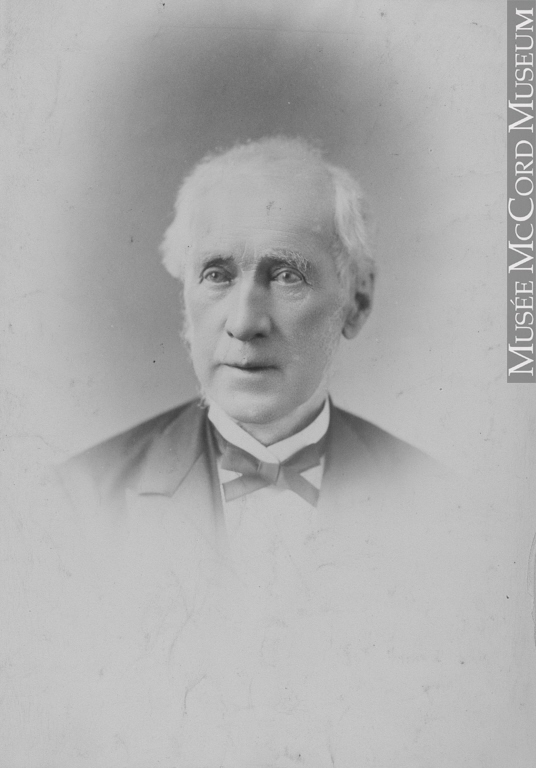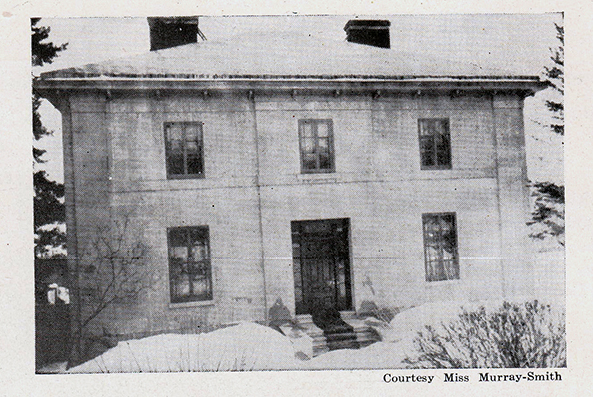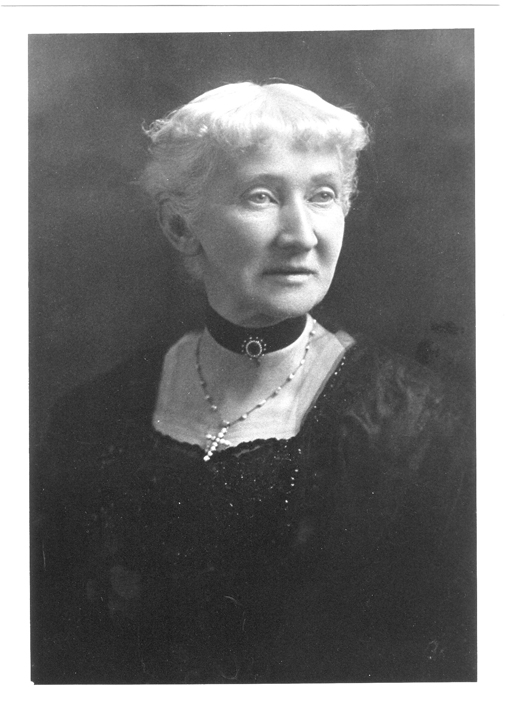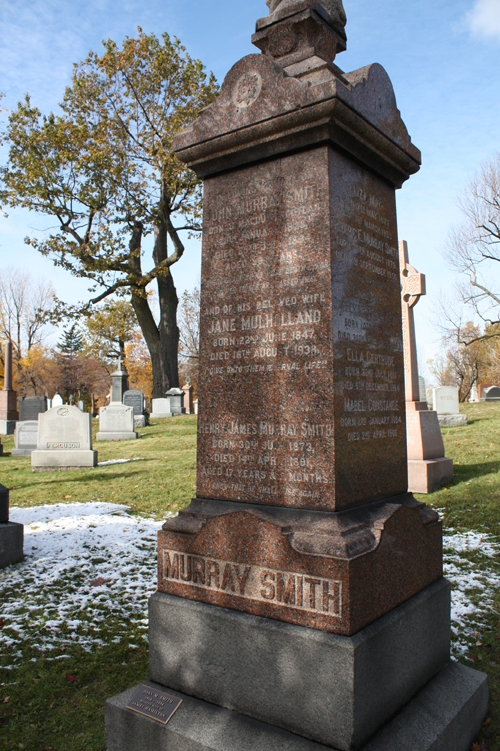With one of the largest St. Patrick’s Day parades in the world, Montreal has long celebrated its Irish heritage. Waves of Irish immigrants came to Canada in the 19th century, peaking in 1815 and 1831, and a surge of immigrants arrived during the famine in Ireland, between 1847 and 1849.
Many Irish Catholic immigrants settled in Montreal, while the majority of Protestants moved on to the United States or Upper Canada, but my great-great-grandfather Henry Mulholland (1809-1887), an Irish-born Protestant, put down deep roots in Montreal.

I do not know where he was born or who his parents were, but the name Mulholland is most common in Ulster (now Northern Ireland). Nor do I know when, why or with whom, if anyone, he came to Canada. The first record I have found is his 1834 marriage to Ann Workman at Montreal’s Anglican Christ Church.
Mulholland may have known the Workman family in Ireland. They immigrated from Ballymacash, near Belfast, in the 1820s. Ann Workman’s six brothers established themselves in Montreal, Toronto and Ottawa in the fields of publishing, business, medicine and politics. Her brothers William and Thomas were partners in Frothingham and Workman, the largest hardware importing, wholesale and manufacturing company in Canada.
Mulholland also went into the hardware business. Perhaps he started his career with his brother-in-law’s company, or perhaps he worked his way up in Benjamin Brewster’s hardware firm. In 1842, the first year Lovell published its annual Montreal city directory, there was a listing for “Brewster, B. and Company (H. Mulholland and John Evans), wholesale and retail hardware.” Lovell’s 1851 directory of Canadian businesses listed “Brewster & Mulholland, importers of shelf and heavy hardware of every description, 177 and 179 Saint Paul Street.”
In 1859, Mulholland joined with a new partner, Joel C. Baker, to form Mulholland and Baker, hardware merchants and ironmongers. A lawyer, Baker was married to Louise Workman, daughter of William Workman.
Lovell’s 1876 edition advertised Mullholland and Baker as “Importers of hardware, iron, steel, tin, Canada plates, window glass; manufacturers of cut nails, and also of the new chisel pointed cut nail.” Their customers included small shopkeepers, merchants and blacksmiths in southern and central Quebec. The company opened a branch in Guelph, Ontario and began importing raw materials and manufacturing nails.
During this period of Montreal’s history, industries and railways were being built, utilities developed and banks established. Like many of his business colleagues, Mulholland was involved with several of these enterprises. Many of these men also knew each other through their memberships in the Mechanics’ Institute of Montreal, an organization founded to provide education to working men and youth for a modest fee.
Mulholland was a director of the New City Gas Company, founded in 1847 to compete with the Montreal Gas Light Company. New City Gas burned coal to produce gas that was used to light the homes and streets of Montreal. Some years later, when the Sun Mutual Life Insurance Company of Montreal was founded in 1871, Henry Mulholland was a member of its first board of directors.

He was also one of 15 managing directors of the Montreal City and District Savings Bank. Most of Montreal’s banks were set up to serve commercial interests, but the City and District was founded in 1846 by the Bishop of Montreal and a group of businessmen to help ordinary workers save their money. In 1866, the year Mulholland was serving as president of the City and District, a group of Irish-Americans known as the Fenians raided the Canadian border.
Many customers were afraid the crisis would cause the bank to fail and demanded their deposits back, but Mulholland and two other bank directors formed a committee to deal with the situation and prevented the bank’s failure.
Mulholland did not succeed, however, in preventing the bankruptcy of his own hardware company. It went out of business in 1879, a situation that appears to have been fallout from the bankruptcy of an individual whose mortgage Mulholland had guaranteed.
Mulholland had to sell his family’s home to cover his debts, and he and his wife moved to a smaller house nearby. For the next few years, court battles and appeals took up much of his time. After his wife died in 1882, he moved in with his daughter Ann, her husband, Dr. George Wilkins, and their children. Henry Mulholland died in 1887.
Photo Credit:
“H. Mulholland, Montreal, QC, 1886”, II-79921.1, Wm. Notman & Son, McCord Museum, http://www.musee-mccord.qc.ca/en/collection/artifacts/II-79921.1?Lang=1&accessnumber=II-79921.1
Several of the organizations Mulholland helped establish are still in operation today. The Montreal City and District Bank is now the Laurentian Bank and the Sun Life evolved into Sun Life Financial. The Mechanics’ Institute of Montreal is now known as the Atwater Library and Computer Centre.
Several years ago, archaeologists from the Pointe-à-Callière museum explored the site of Mulholland and Baker’s tool sharpening service. See “Pointe-à-Callière Archaeological Field School: The Mulholland and Baker Years”, http://www.ecoledefouilles.org/default.asp?id=60.
“Old Montreal, Mulholland and Baker in 1873”, http://www.vieux.montreal.qc.ca/inventaire/fiches/eng/mulholland.htm briefly describes the history of Mulholland and Baker.
The Dictionary of Canadian Biography, http://www.biographi.ca/en/index.php, has biographies of many of Mulholland’s business associates, including William Workman, Thomas Workman and John Fotheringham. Mulholland also knew entrepreneur and politician Luther Holton. See Henry C. Klassen. Luther H. Holton, A Founding Canadian Entrepreneur. Calgary: University of Calgary Press, 2001.
For an account of the City and District’s early days, see the “Origins and Early History of the Montreal City and District Savings Bank 1846-1871” by John Irwin Cooper, http://www.cchahistory.ca/journal/CCHA1945-46/Cooper.html
“New City Gas and Mechanic’s Institute” http://montrealhistory.org/2010/01/new-city-gas-mechanics-institute/, outlines the early history of gas lighting in Montreal. The site montrealhistory.org publishes articles focused on people and events associated with the Mechanics’ Institute.
Highlights of the history of the Sun Life Assurance Company of Canada can be found on the website La Mémoire du Québec (in French only.) http://www.memoireduquebec.com/wiki/index.php?title=Sun_Life_Assurance_Company_of_Canada_%28compagnie_d%27assurance-vie%29
To search issues of the Lovell Directories for Montreal from 1842 to 2010, go to http://bibnum2.banq.qc.ca/bna/lovell/
Henry and Ann Mulholland had seven children, five of whom grew to adulthood: Benjamin, Joseph, Ann, Jane and Henry. I will write about the family in another post.


